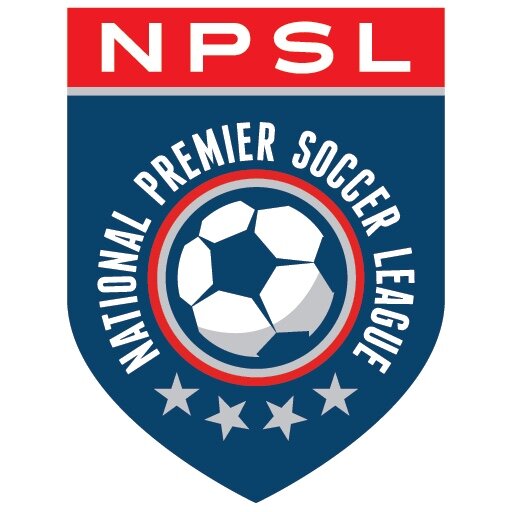A Check in with Maryland Bobcats
With the UPSL playoffs wrapping up, the Maryland Bobcats are proving yet again to be the class of another league. Lately the club has been all aces, matching their play on the field with a slick rebrand and new kit designs. Set to face Soda City in the UPSL semi-finals, they have continued their run league success. I sat down with Evan Raimist, communications director for the club, to fire off a quick set of questions headed into this weekend.
2019/20 has been a great season, can you talk about what has contributed to your success in the UPSL?
There has been a lot involved in the success we've had the last year in the UPSL. I think a lot has to do with the combination of planning on the team's part as well as the dedication to continue to work and get better by all the guys we have on our roster. With our coaching staff, there's no time to switch off and players know that if they do, there is someone chomping at the bit behind them to take their spot. It sounds cutthroat, but there's healthy competition in the team and guys really do want to see other guys do better. We've used a lot of different lineups, used guys in positions that maybe they weren't used to, but if it could help the team, they were willing to give it a go. The guys are fighting hard for each other and the team, and we also have a lot of really smart, dedicated people involved in the club as well. From Head Coach Phil Nana and Assistant Coach Ben Aryeetey who are as invested and smart as they come to our athletic trainer, our equipment manager, and new Technical Director and Assistant Technical Director, everyone is invested in the same goal. As the saying goes, it takes a village, but in our cause I think the key is that our village all has tunnel vision for the same goal.
Thoughts on your playoff run so far?
I think the only thought from everyone at our club is that we're not done yet. We want to finish this thing off as champions and we feel like anything short of that won't do. We've had success this season, but we came in with the goal of a National Championship and that's what we've been working towards all year.
Your opponent is Soda City, what do you know about your opponent and what's the plan for the semis?
We know they're a strong team and have only gotten stronger. We watched their Quarterfinal game against OFC Barca and were impressed with how hard they worked. To get to the National Finals they are obviously a good team, but we feel like we just have to play our game. The coaching staff has been working with a certain plan in mind, but with the quality of the guys on our roster and how we can switch players in and out (and their positions and formations too) we feel like if we play our game and how we are supposed to play, we can play with and against anyone.
What's the magic sauce? Strong runs in MMSL, UPSL, expansion into NPSL - How are you doing it?
There is no secret sauce and I think that's the secret. It just comes down to a group of highly invested people wanting to make a difference on the field and in our community. From the top down, from our President and ownership group down to each and every player, everyone knows that they are just a piece in a bigger vision and that it is going to take each person doing their job to be successful. On the field it's the guys continuing to work, train, and learn the game even if we don't have a game for 4 or 5 weeks in a row. It's going from work or school to train at 9pm and putting in the work, listening to the coaches, and then taking that and performing on the weekends to be successful. From the staff perspective, it's making sure that we do everything we can to make the guys on the field jobs as easy as possible. From having balls for training to gear so they don't have to think about what to wear to letting everyone know plans and travel details as soon as we can, our goal is promote our guys, make sure they are set up to be successful, and let them do the playing on the field. All of this was not built overnight and neither was our decision to join the UPSL and now the NPSL. Everything is very calculated and the NPSL was the next step. It's another step up, both in play and professionalism, and is another platform to showcase the amazing talent we have in the DMV area and beyond. Our goal is to have our club run as professionally as possible to give our guys the best platform to display their talents.
What players should we be looking to contribute in the semis?
I may be biased but I think you should be on the lookout for every player on our roster because they can all ball out. If we really wanted to give you some players to be on the lookout for, the three players would be midfielder Alex Kao, forward Elton Joe, and midfielder Levi Houapeu. Alex can dictate the pace of play and find the killer pass that leads to a goal. Elton has an eye for goal as he's shown this season so far and can make chances out of nothing. Levi is as smart a player as they come and can read the game amazingly well.









